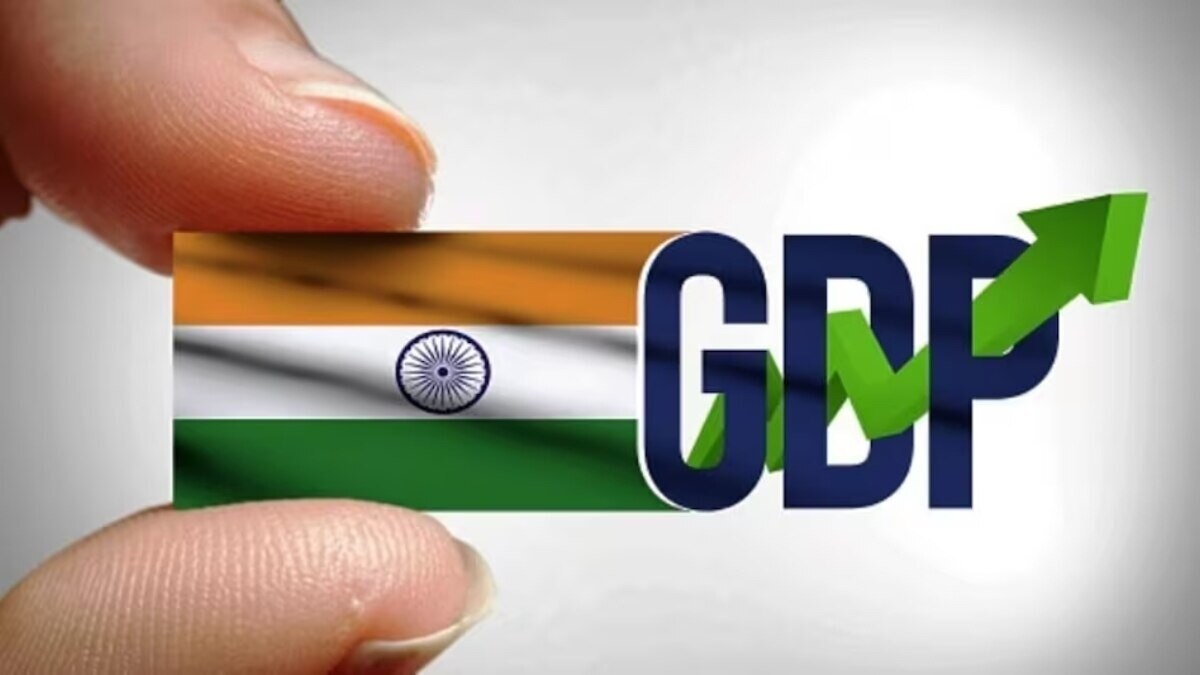India may have leapfrogged Japan to become the world’s fourth-largest economy by nominal GDP—but zoom in, and the celebration starts to crack.
“A reminder,” writes Gurugram-based startup founder Aashish S in a viral LinkedIn post. “India’s current per capita GDP is equivalent to Japan’s in the 1950s. It’s a milestone, yes—but it’s also a mirror.”
Aashish doesn’t stop there. “UP is India’s fifth-largest state economy,” he adds, “yet its per capita GDP is lower than three-fifths of African countries. Even PPP-adjusted, we’re at less than one-fifth of Japan’s level.”
And that’s if Japan stands still. “Assuming Japan stagnates,” he warns, “it would still take India 22 years to reach its per capita income. Realistically, it could take 50 years to match their quality of life.”
The numbers back him. India’s per capita GDP in 2025 stands at around $2,400. That’s below Kenya, Morocco, and Côte d’Ivoire—and far below countries like South Africa, Libya, and Mauritius. Several African economies now outrank India in both nominal and PPP-adjusted terms, underscoring just how far India’s prosperity has to stretch to catch up with its size.
So what’s keeping India down?
Start with inequality. The top 10% of Indians earn nearly 57% of the country’s income; the bottom 50% get just 15%. Meanwhile, 42% of the workforce remains in agriculture—a low-productivity sector contributing only 16% to GDP. That mismatch drags overall productivity, especially in rural regions where infrastructure, education, and healthcare remain patchy at best.
Add to that regional disparity: states like Maharashtra and Karnataka drive growth, while populous ones like UP and Bihar remain well below national averages in per capita terms. India’s growth is not just unequal—it’s geographically concentrated.
And then there’s the policy question. “What did the Smart Cities Mission or Make in India actually achieve?” Aashish asks. “Is there even a single ‘smart city’? Why has the share of manufacturing declined since Make in India launched?”
According to him, the path forward isn’t headline milestones—it’s course correction and real accountability. “Japan is so advanced in manufacturing, infrastructure, health, city planning… there’s so much to learn and emulate. We’ll only become Japan if we ask the right questions.”
India has the scale. But without investment in human capital, STEM education, and manufacturing depth, the demographic dividend risks becoming a demographic drag.







